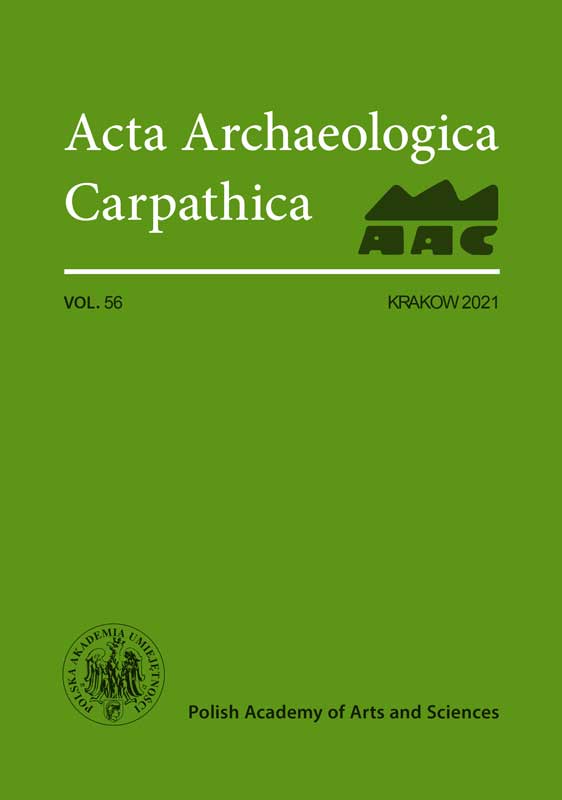Can similarities be found in the cults of prehistoric hunters and farmers? Analysis of ‘dance’ scenes of four beings of the Mesolithic from Alta, Finnmark, Norway, and of the beginning of the Eneolithic from Střelice, southwestern Moravia, Czech Repu
Can similarities be found in the cults of prehistoric hunters and farmers? Analysis of ‘dance’ scenes of four beings of the Mesolithic from Alta, Finnmark, Norway, and of the beginning of the Eneolithic from Střelice, southwestern Moravia, Czech Repu
Author(s): Jaromír KovárníkSubject(s): History, Prehistory
Published by: Wydawnictwo Uniwersytetu Jagiellońskiego
Keywords: hunter-gatherers; petroglyphs; Neolithic; Moravian–East-Austrian group; Painted Pottery culture; fertility cult
Summary/Abstract: The ways of life of hunters, fishers and gatherers are noticeably different from those of farmers. Surviving evidence of their cultures is very rare. Although we are aware that it is very difficult to interpret and compare them, sometimes external similarities can be observed, such as in the depiction of human figures, particularly female figurines (also in zoomorphic sculptures) in the Upper Palaeolithic (‘the Cult of Hunters’) and in the Neolithic (‘Field Fertility Cult’ and ‘Domestic Animals Fertility Cult’). The depiction of a woman and three men with their arms stretched upwards on a famous vase of Moravian – East-Austrian group, Phase MOG IIa (around 4525–4375 BC) of the Painted Pottery culture from Střelice in the Czech Republic is significant, and has been interpreted by the author as an example of hieros gamos (i.e. a dialogue with space). This vase has considerable similarity with a petroglyph of a circular dance, again obviously depicting a woman and three men holding hands, from Alta in northern Norway, one of the central ‘galleries’ of hunters (5 stages, the oldest being 5300 BC). We can only assume (with just a certain amount of probability) that they depict a story (rite or myth?) in the form of a ‘language of symbols’ (e.g. a restoration of ‘Mother Earth’).
Journal: Acta Archaeologica Carpathica
- Issue Year: 2021
- Issue No: 56
- Page Range: 103-152
- Page Count: 50
- Language: English

